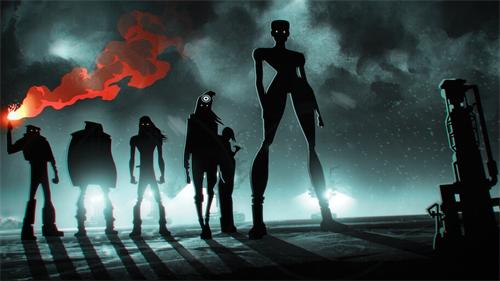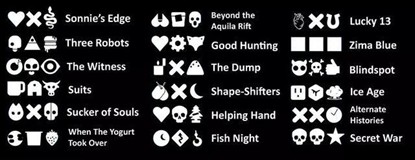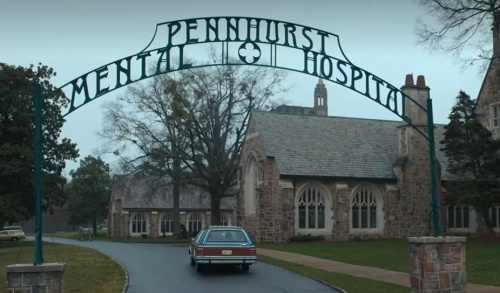Why Are Animated Adult Dramas Dominating Streaming Platforms?

Traditionally, animation has been closely associated with fairy tales, family-friendly themes, and humor — essentially seen as the exclusive domain of children or teenagers. However, the emergence of ‘Love, Death & Robots’ shattered this long-held stereotype, prompting audiences to reconsider the potential of animation as a medium for mature storytelling.
Unlike traditional cartoons, true adult animation deliberately distances itself from fairytale tropes. These works confront the darker, more complex, and uncertain facets of reality. They aim to explore human nature, delve into philosophical questions, and reflect societal issues. ‘Love, Death & Robots’ is a prime example: it boldly tackles bizarre, political, fantastical, sci-fi, and existential themes with sharp, profound, and often satirical perspectives that deconstruct the familiar in unexpected ways.
One of adult animation’s biggest advantages is that it isn’t bound by traditional storytelling rules, allowing for more creative and unconventional narratives. These works embrace experimentation and avant-garde expression. Produced by Netflix and spearheaded by David Fincher (‘House of Cards’, ‘Gone Girl’, ‘Se7en’) and Tim Miller (‘Deadpool’, ‘Thor: The Dark World’), ‘Love, Death & Robots’ brings together top animators and artists from around the world. The series is composed of 18 standalone shorts, each ranging from 5 to 15 minutes, each telling an independent story in its own unique style.
What’s truly remarkable is the show’s innovation in animation techniques — from ultra-realistic CG and monochrome realism to comic-style visuals, live-action integration, and even stop-motion. This rich visual language is not only a showcase of technical prowess but also a celebration of creative freedom.
Another distinctive element is the inclusion of three simple symbols shown at the start of every episode. These icons either represent the characters, hint at the storyline, or subtly reveal the creator’s intent. This clever design detail adds a layer of interactivity, enhancing both viewer engagement and immersion.
Despite its dazzling presentation, the true value of ‘Love, Death & Robots’ lies in the quality of its storytelling. Each short may be brief, but it offers a complete narrative arc, including world-building, character development, and plot progression. Some even manage to explore deeply complex topics within just ten minutes. The conversations it sparks go beyond the question of whether “animation is suitable for adults” and extend to whether “animation can serve as a serious medium for intellectual and artistic expression.”

For a long time, adult animation has been rare largely due to market and audience biases — the assumption that “animation is for kids.” ‘Love, Death & Robots’ directly challenges this notion. It proves that animation is not only capable of entertaining children but also of delivering mature, thought-provoking content. In fact, thanks to its freedom of expression, animation can sometimes surpass live-action in its emotional and philosophical depth.
The success of ‘Love, Death & Robots’ is no fluke — it’s a bold declaration of the power of adult animation. It makes us realize that animation is more than a format; it’s a language — one that can profoundly explore human society, psychology, and philosophy. From this point on, animation is no longer just a childhood memory, but a medium for adult contemplation, awe, and emotion.
RECOMMEND FO YOU



